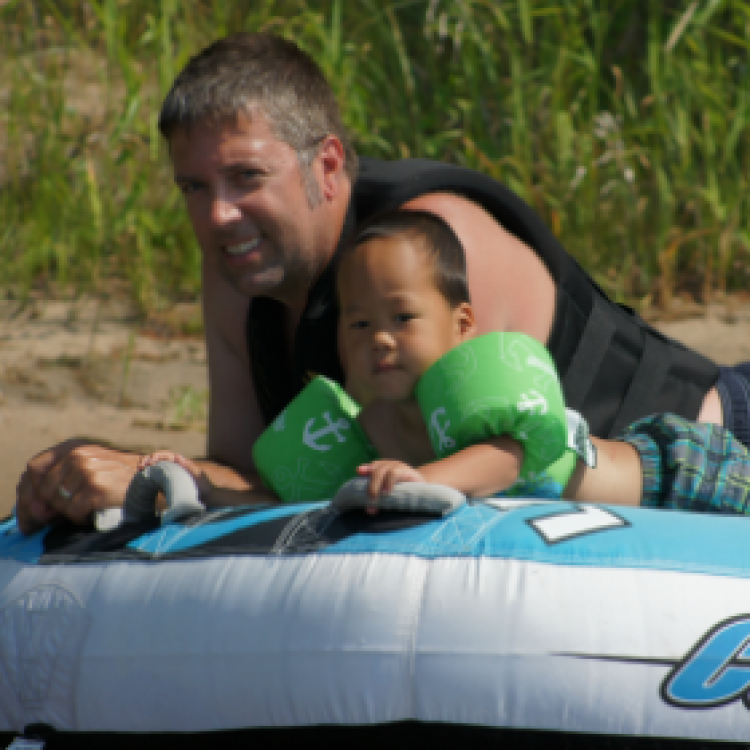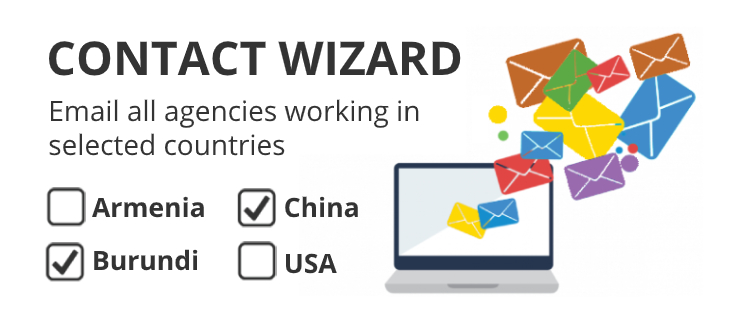
Because of his limb differences, Eli is considered to be a child with “special needs.” It is strange, however, to write about this topic because we don’t see him this way. Most days we don’t even remember that Eli is operating without all of his fingers. Maybe it is because he typically doesn’t slow down enough for us to see his hands! But more likely it is because Eli doesn’t allow these challenges to limit him in the least.
Two-year-old Eli was a Waiting Child because he was born with some physical differences due to a condition called Amniotic Band Syndrome. This caused him to have a few missing and partial fingers as well as deformed toes and a misshaped skull. We were provided all of this information in his referral, along with pictures of these physical impairments. We were also told he was talkative, active, loving, and inquisitive and that he had a great appetite. Between that description and the mischievous eye sparkle that came through every photo, we knew he was a fit for our family, which included two older brothers that shared many of these qualities.
Still, until we saw firsthand the effect of his condition, it was hard to predict how it would impact his development and transition to our home. Upon our return, Eli required six procedures to address some of the issues of his birth condition--the doctors wanted to start immediately. We were concerned that this might be traumatic for him because it felt that way to us. We had just returned from China and his first procedure was scheduled within his first month in America. There was no way to explain what we were doing, but we tried our best and just reacted to how he responded to each procedure. To say he was a trooper throughout this process would be an understatement. His bravery, resiliency, and positive attitude throughout this process was something that we will not forget.
We did a few things and learned quite a bit about what helps ease the transition home:
- We recommend taking as much time off as possible to help with the attachment process and establishment of a routine. We planned (both financially and logistically) for me to resign from my job after the adoption. It really helped since Eli bonded with a family member and not a caregiver.
- When you do go back, find a caregiver that is familiar with adoption or at least willing to hear your suggestions and tips. We found a loving in-home daycare provider and she is a surrogate grandma to him.
- If you have kids in the home, include them in the prep work since the adoption will affect them as well. They got just as much of a kick playing with Eli and helping him learn and explore his new world as he got from bonding with them.
- Prepare for the worst and hope for the best. When you adopt a waiting child, there are uncertainties until you can get the child home and examined by medical professionals. We hated to have Eli go through so many procedures but we had set up appointments for our return before we left for China. We also prepared by reading books on attachment and transracial parenting to help us navigate those issues as well. Having those resources around were helpful in problem-solving some of the issues that we faced early-on in the transition at our house.
 Now, a year and half later, Eli is completely integrated into our family unit and it is difficult to remember life before him. He has shared his love and much laughter with us and we are so grateful to have him in our family. Furthermore, a casual observer would be hard-pressed to even see his “disability.” His stunted fingers don’t slow him down. It certainly has not impacted his ability to participate in his daily activities. Eli wrestles with his brothers, writes his name, hits a ball off a tee, and brushes his teeth. About the only real difference is that he cannot hold as many M&Ms in his palm as his siblings but it doesn’t stop him from eating just as many as they do!
Now, a year and half later, Eli is completely integrated into our family unit and it is difficult to remember life before him. He has shared his love and much laughter with us and we are so grateful to have him in our family. Furthermore, a casual observer would be hard-pressed to even see his “disability.” His stunted fingers don’t slow him down. It certainly has not impacted his ability to participate in his daily activities. Eli wrestles with his brothers, writes his name, hits a ball off a tee, and brushes his teeth. About the only real difference is that he cannot hold as many M&Ms in his palm as his siblings but it doesn’t stop him from eating just as many as they do!
It really is amazing how well kids can adapt to what life hands them. Before we adopted Eli, we spent hours discussing our ability to parent someone on the Waiting Identified Child list. After adopting Eli, we spend hours discussing how the heck we’re going to keep up with him!









